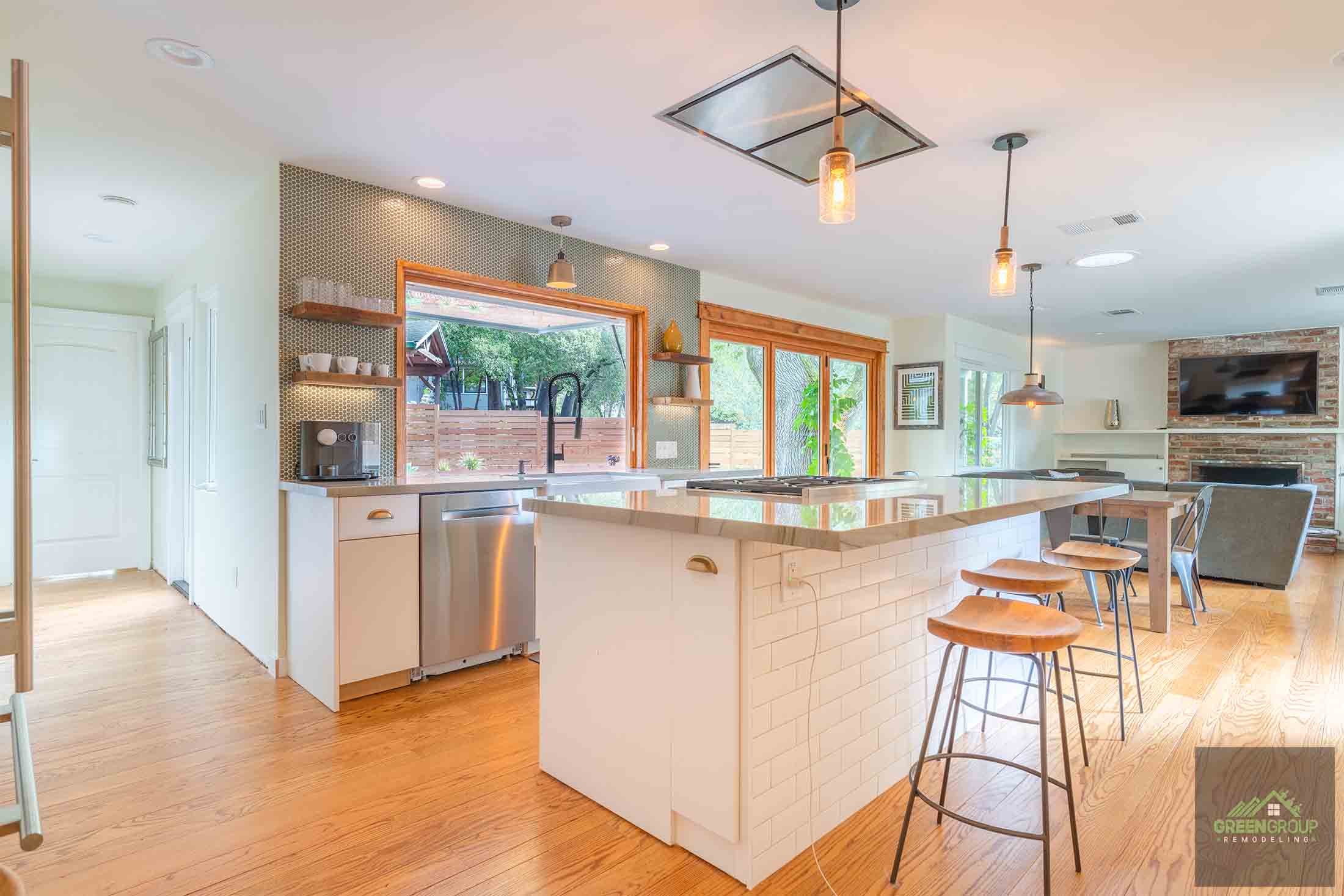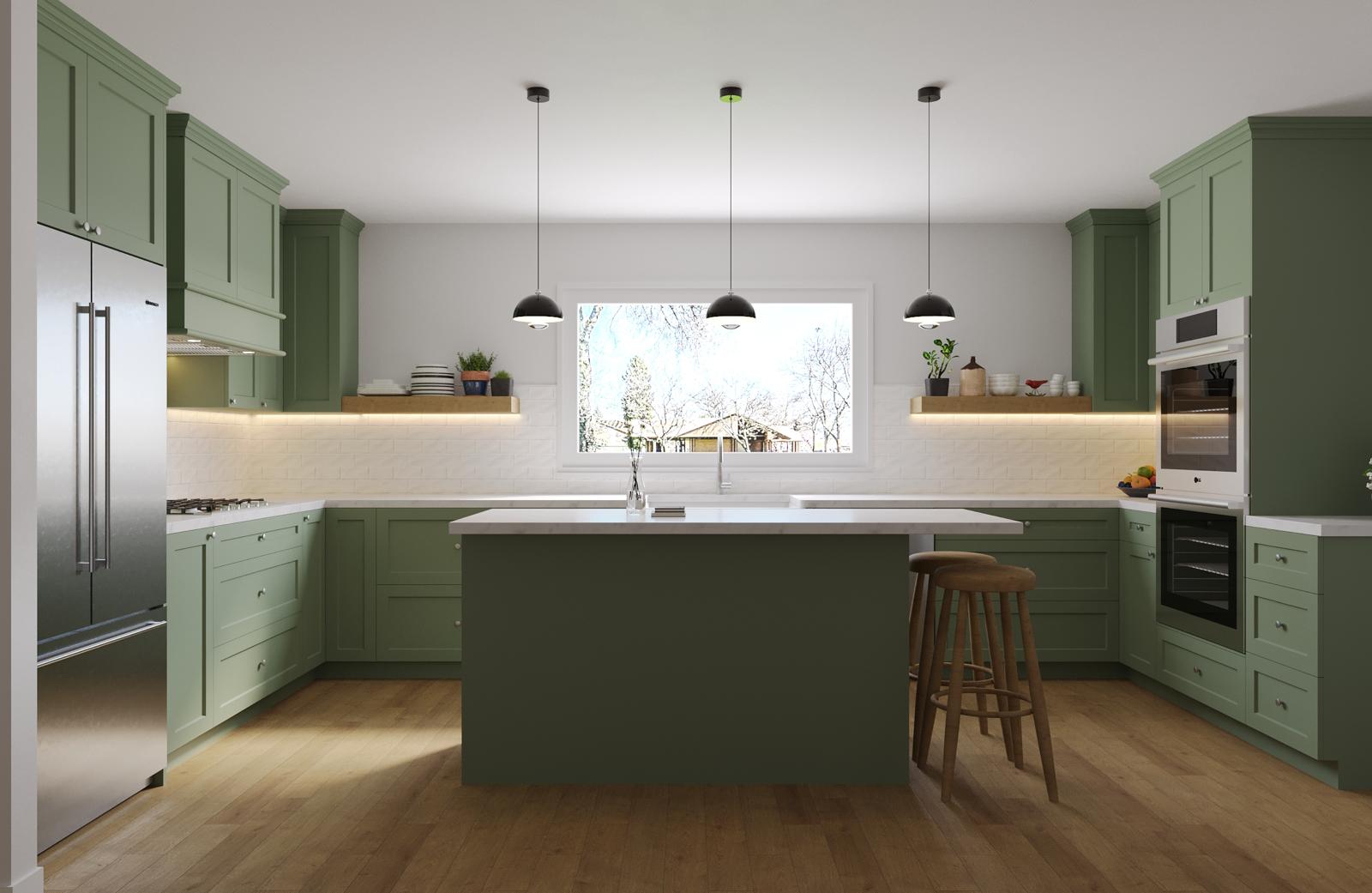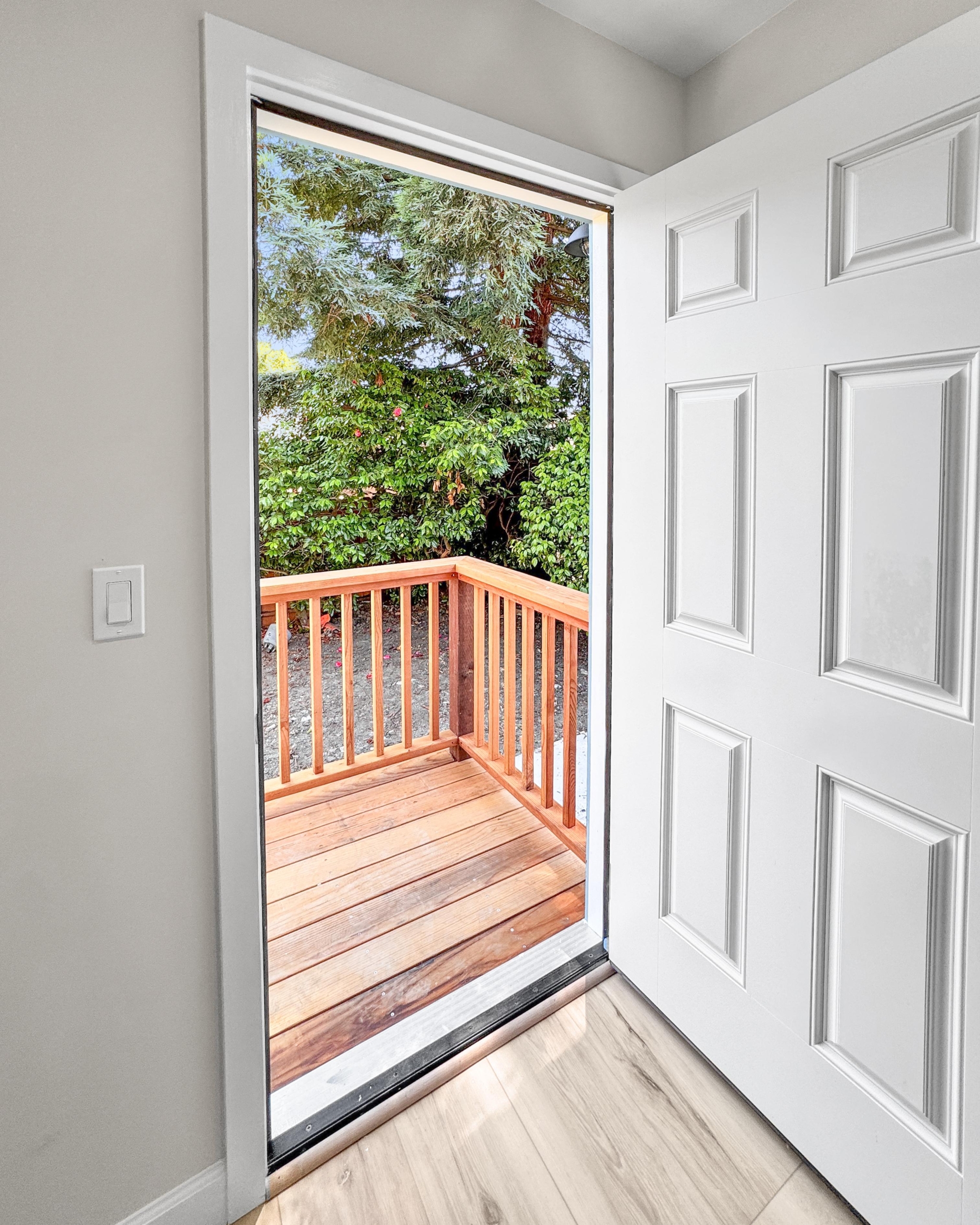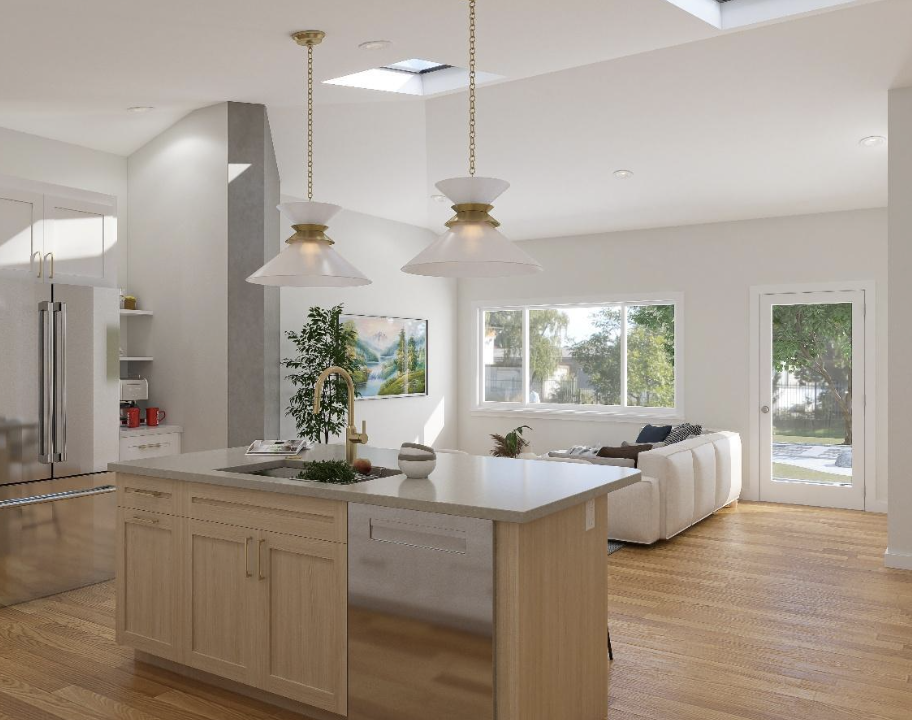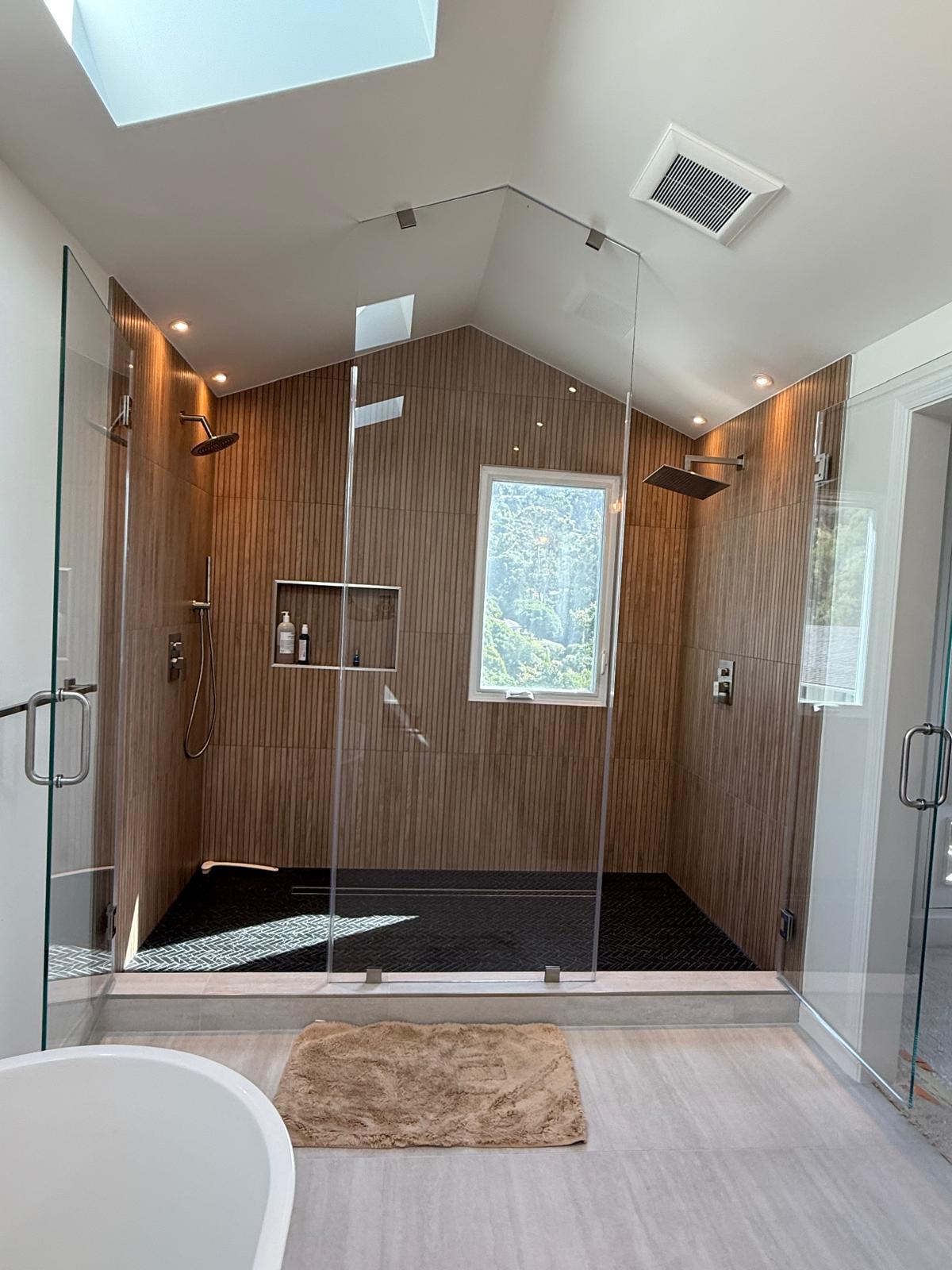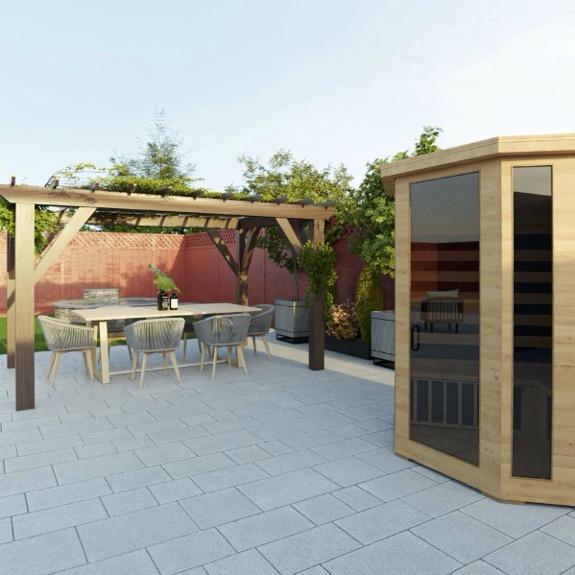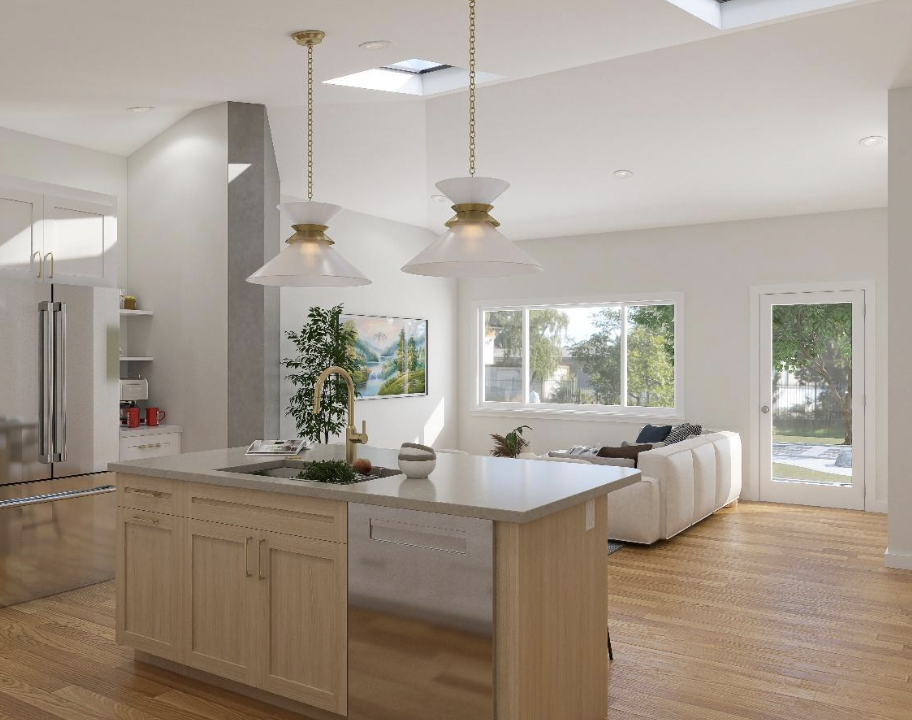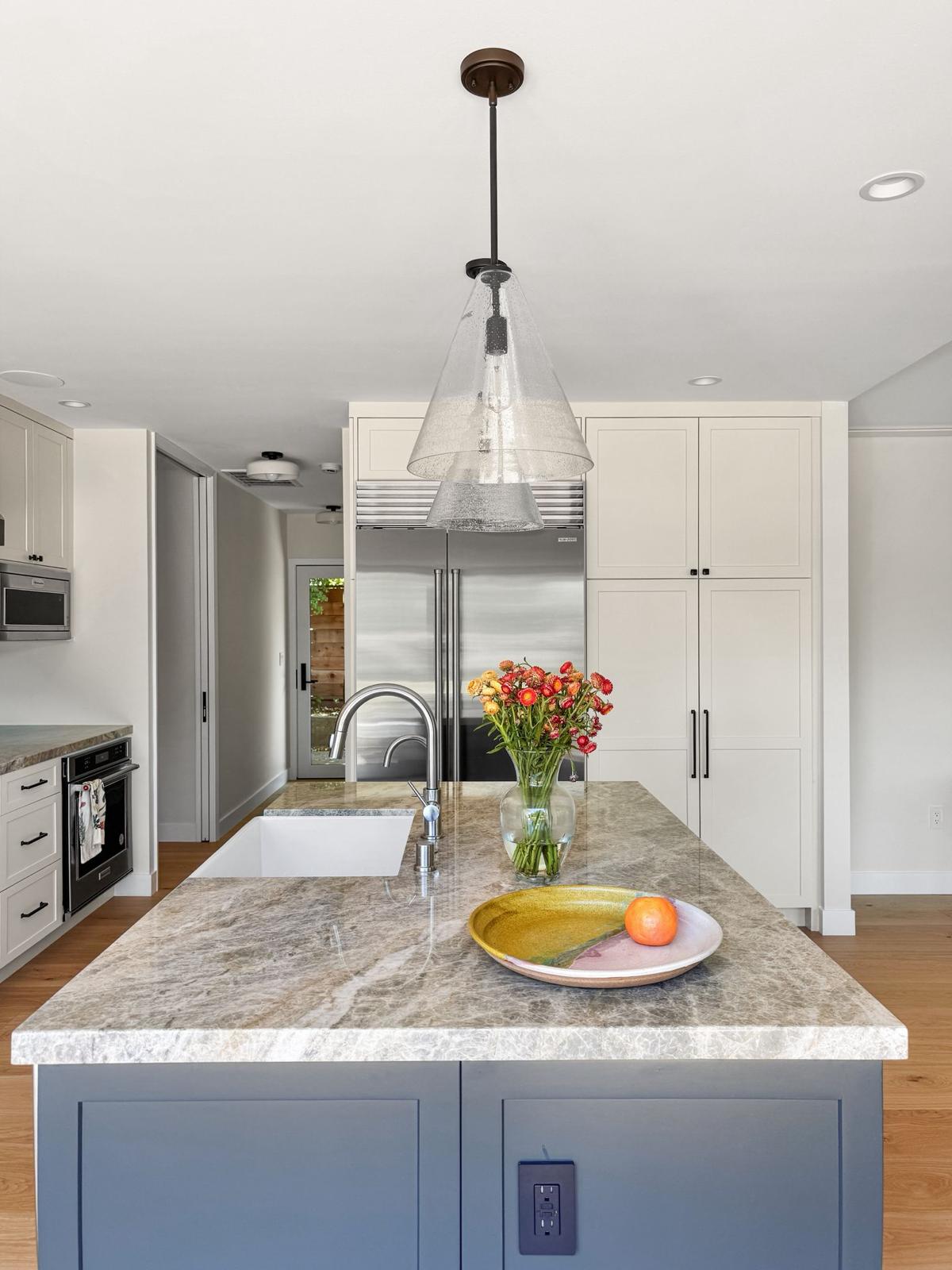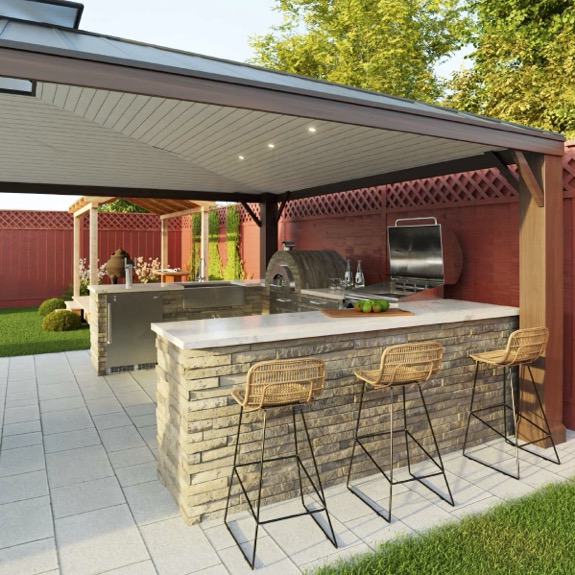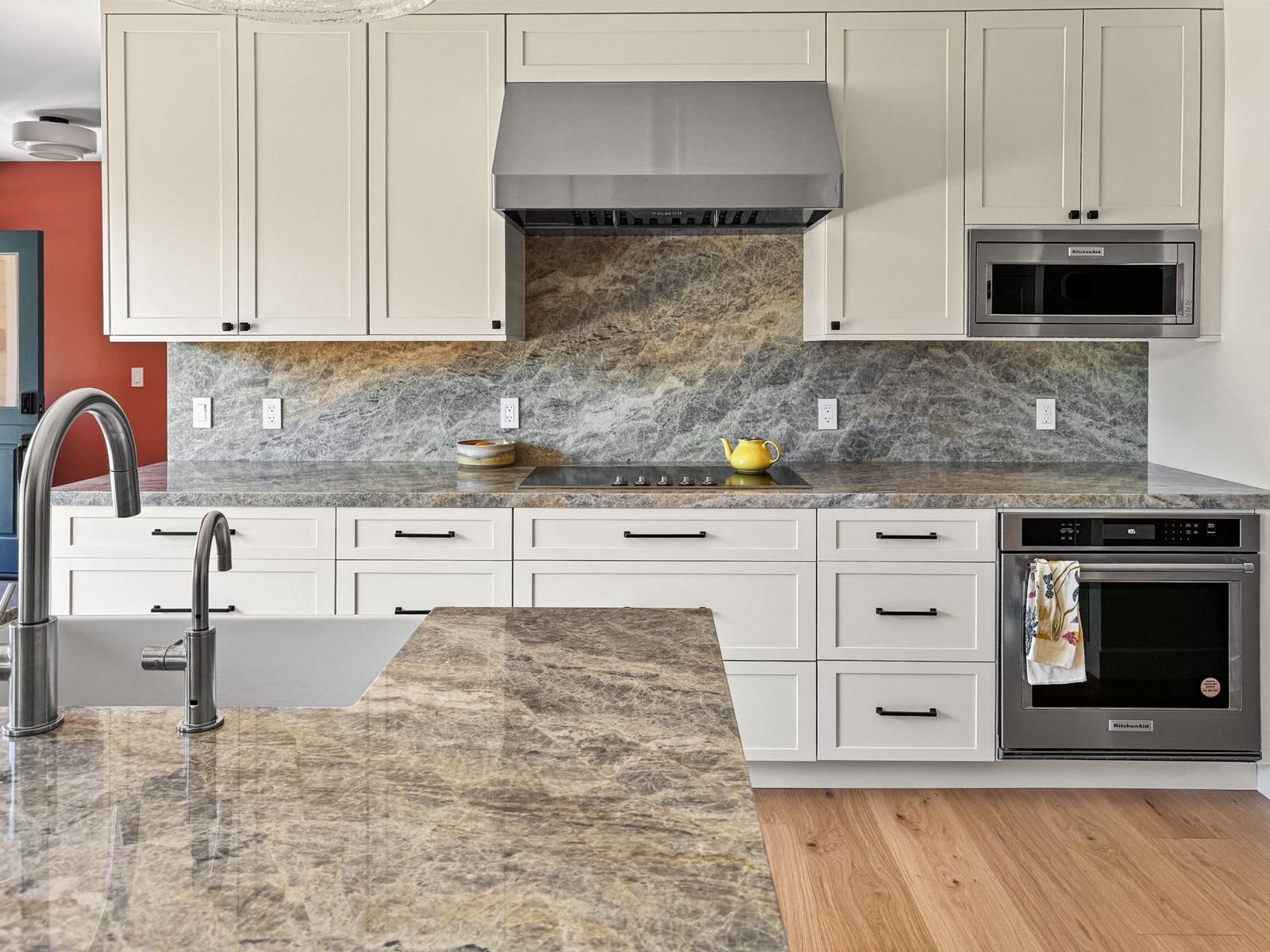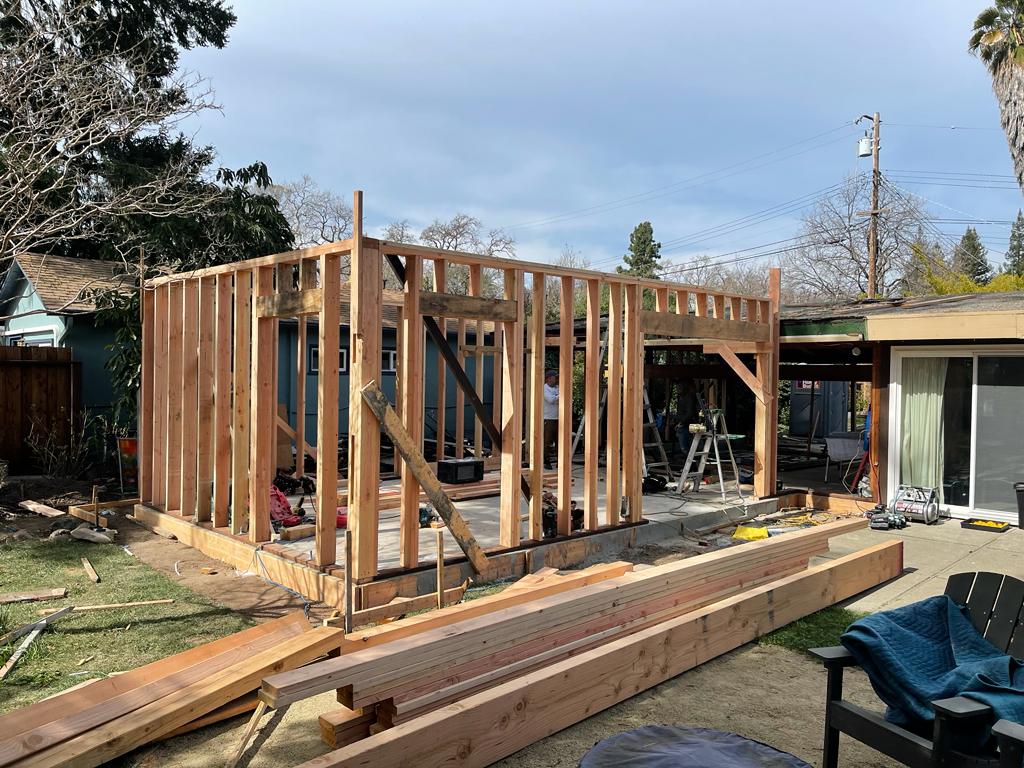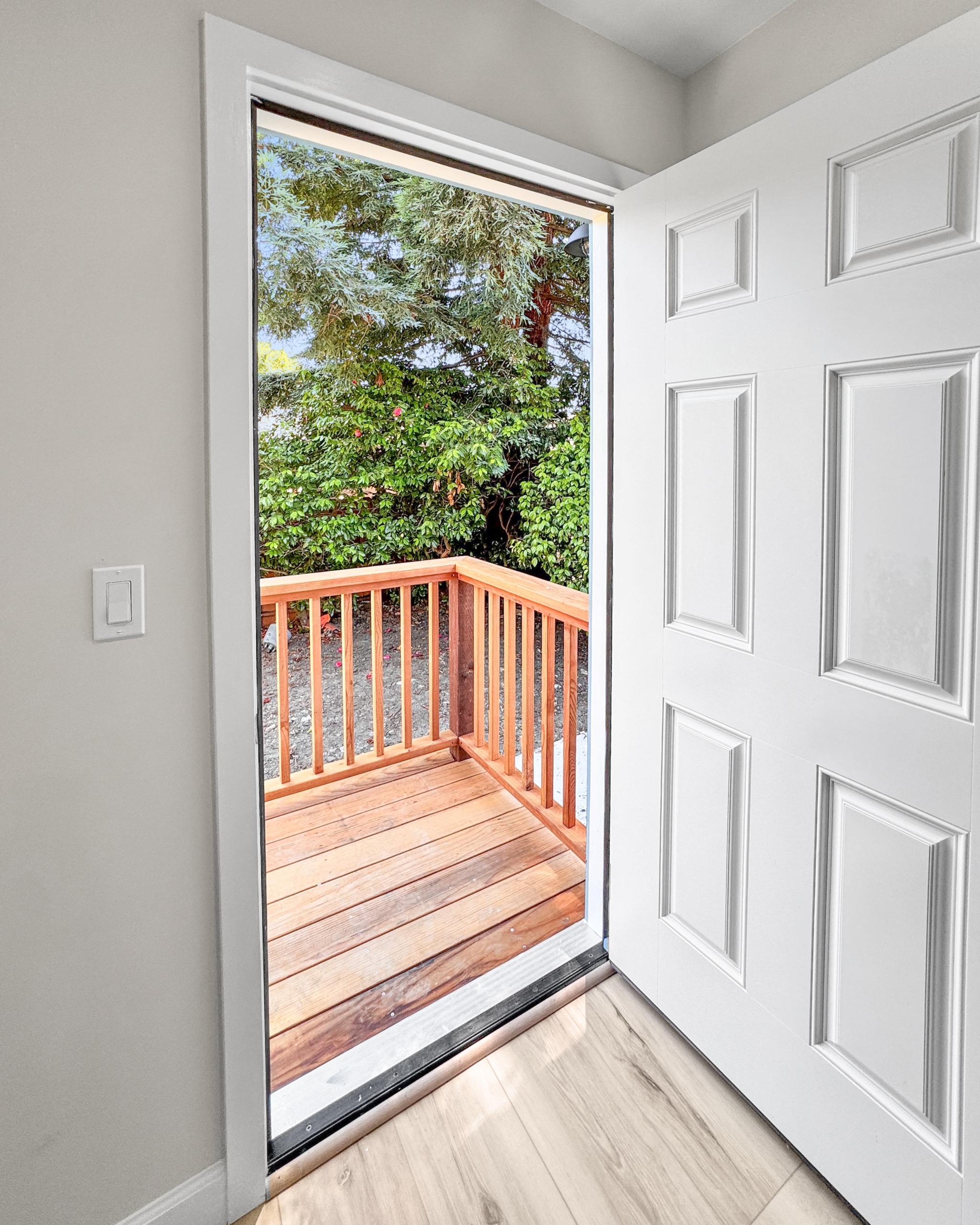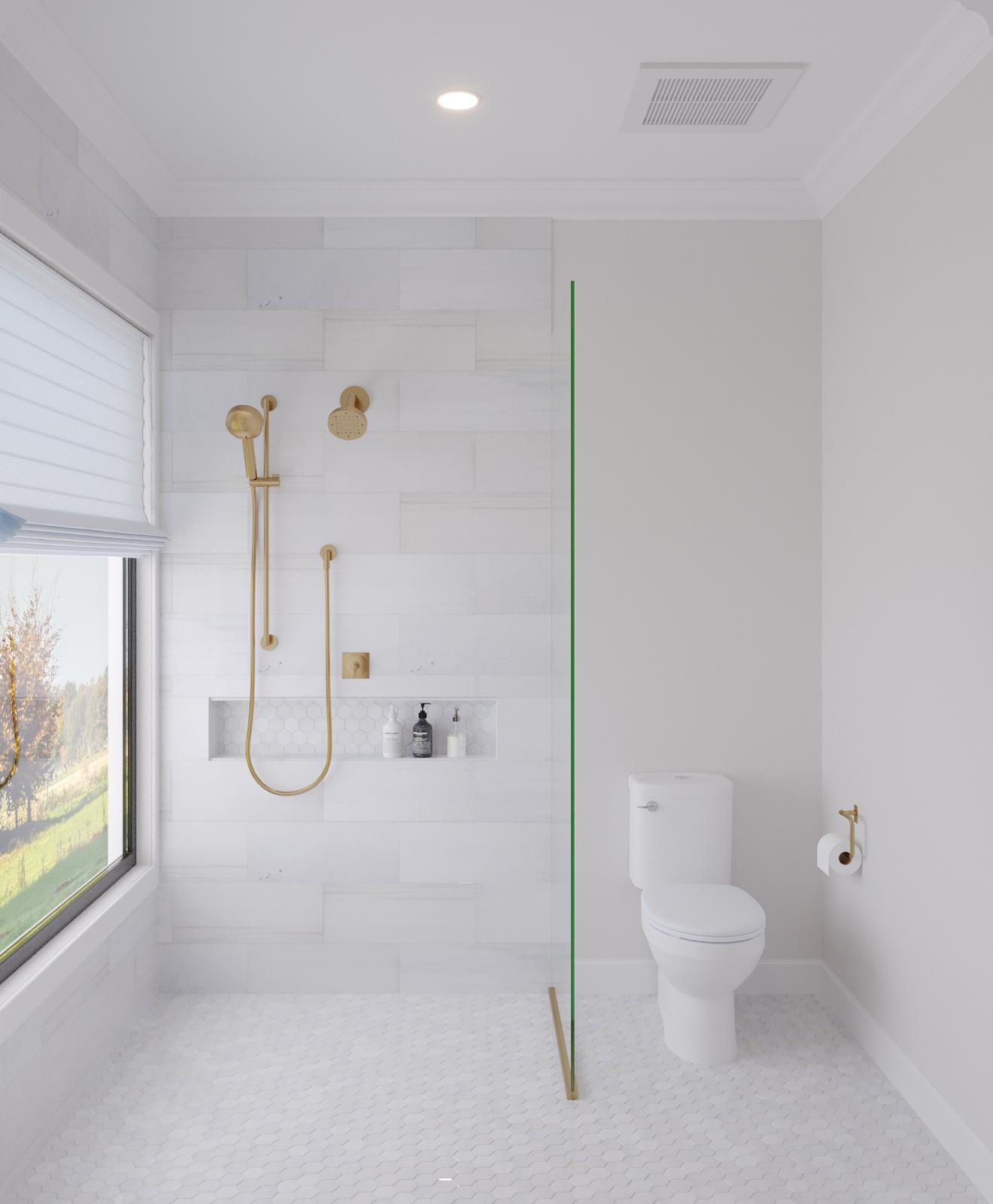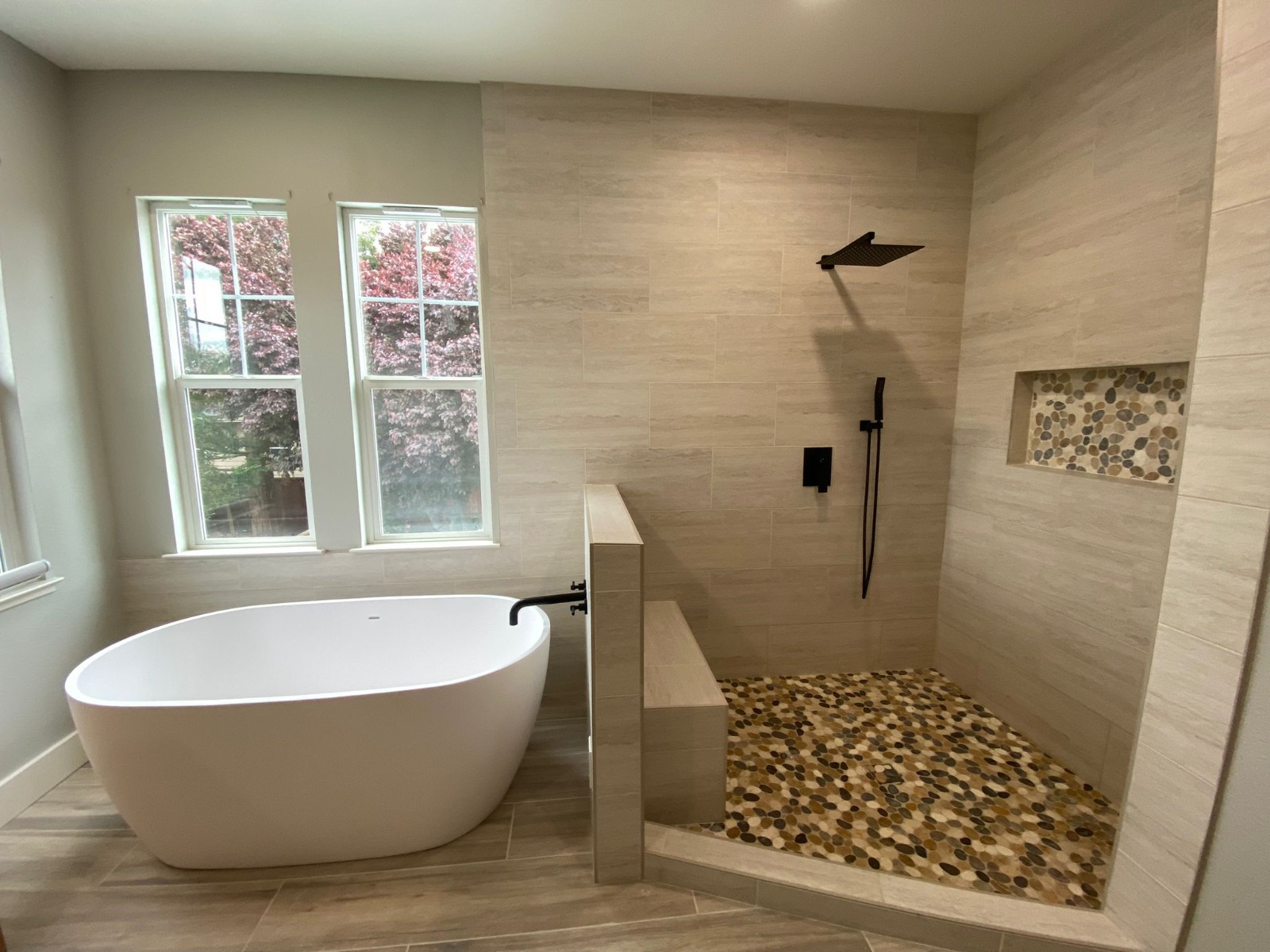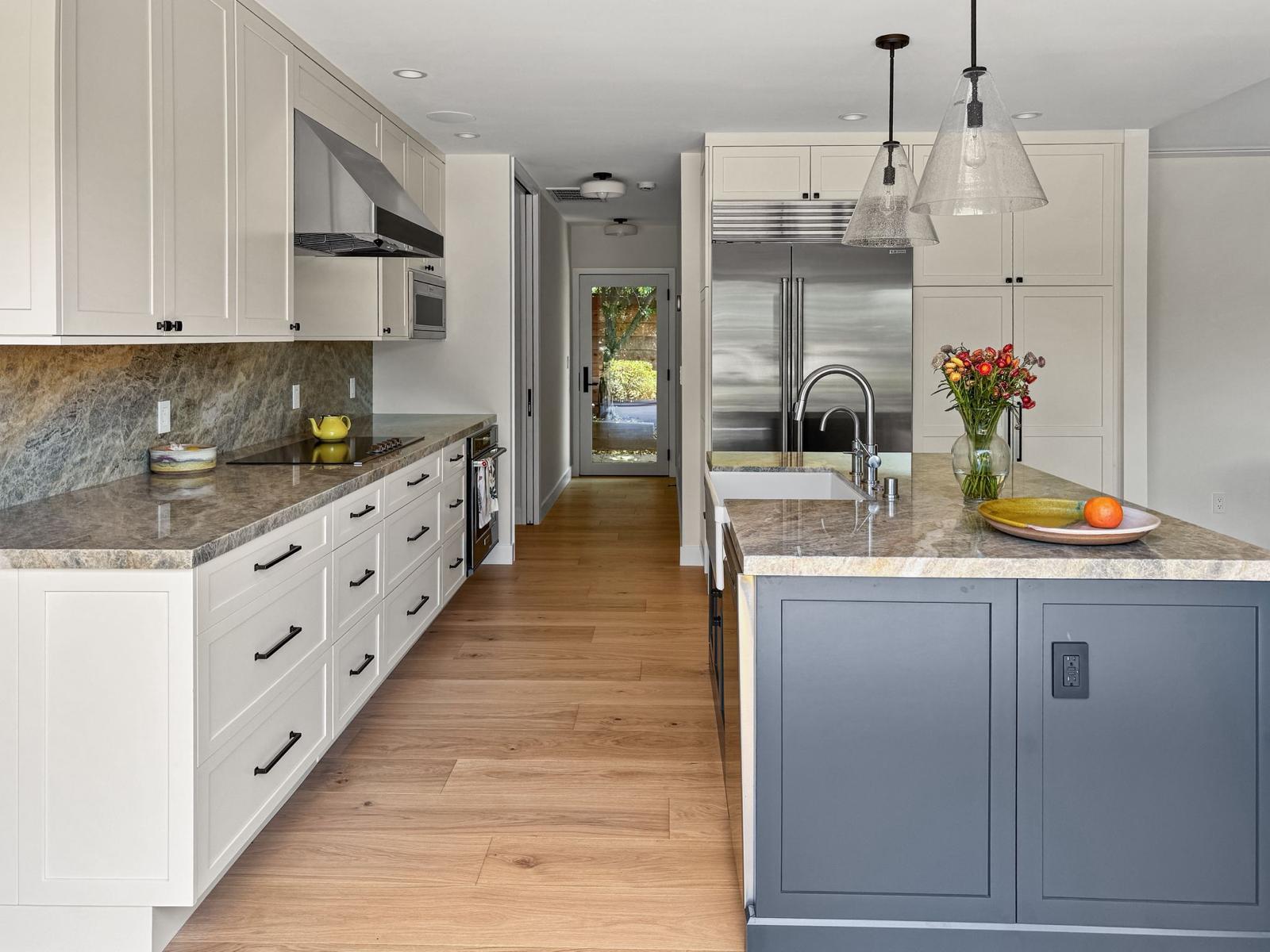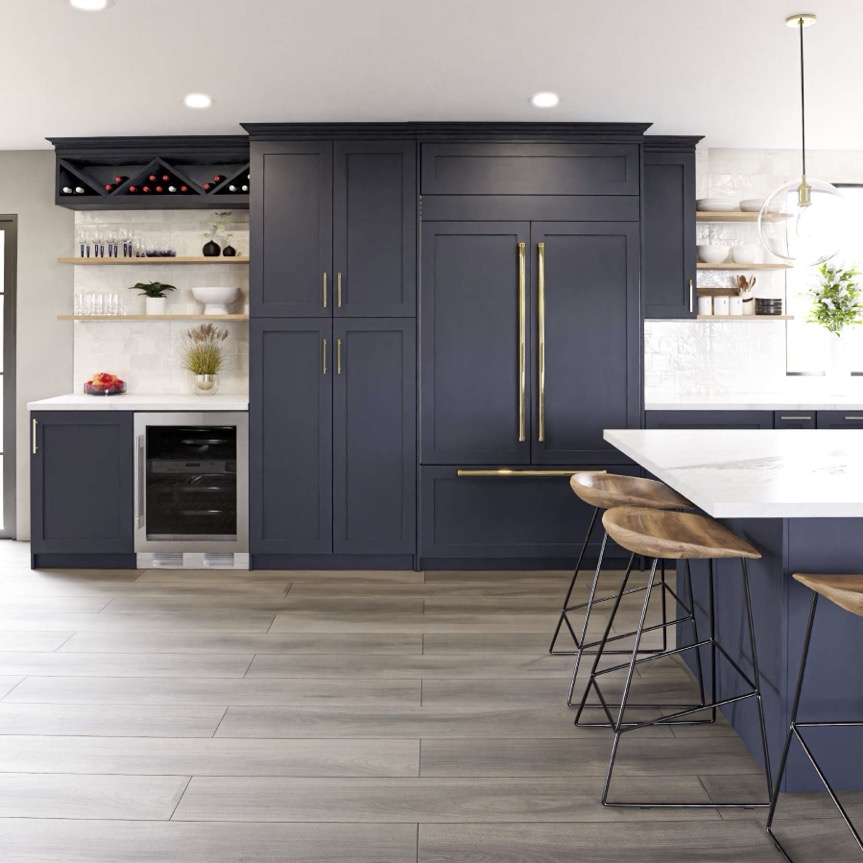As environmental concerns continue to shape how we live and build, sustainable design and build practices are gaining momentum as a smarter, more responsible approach to construction. From reducing energy consumption to minimizing waste and using eco-friendly materials, sustainable building prioritizes the long-term health of both the planet and the people who inhabit these spaces.
Whether you’re planning a new construction project or remodeling an existing home, integrating sustainability into your design and build process can significantly reduce your environmental impact—all while improving efficiency, comfort, and value. In this post, we’ll explore how these practices work, why they matter, and the meaningful difference they can make for your home and the environment.
What Is Sustainable Design and Build?
Sustainable design and build is a holistic approach to construction that focuses on minimizing environmental impact while maximizing efficiency, durability, and occupant well-being. It involves making thoughtful choices at every stage of the project, from planning and materials selection to construction methods and long-term maintenance. All with the goal of reducing the use of nonrenewable resources and lowering a building’s carbon footprint.
Unlike traditional construction, which often prioritizes speed and cost over environmental consequences, sustainable building considers how a structure will affect its surroundings, both during construction and throughout its lifespan. This includes strategies like optimizing natural light, improving energy and water efficiency, choosing eco-friendly materials, and designing for longevity. The result is a built environment that’s not only better for the planet, but also healthier, more comfortable, and more cost-effective for the people who use it.
Reducing Energy Consumption
One of the most significant ways sustainable design and build practices reduce environmental impact is by lowering a building’s overall energy consumption. Energy-efficient design starts with the layout and orientation of a structure, using passive solar strategies like strategically placed windows, high-performance insulation, and shading elements to minimize heating and cooling needs. Proper ventilation and airtight construction also help regulate indoor temperatures without over-reliance on HVAC systems.
In addition to smart design, incorporating energy-efficient systems and appliances—such as ENERGY STAR-rated refrigerators, LED lighting, and high-efficiency HVAC units—further reduces electricity usage. Many sustainable homes also integrate renewable energy sources like solar panels or geothermal heating, allowing homeowners to generate clean energy on-site and drastically cut down their carbon footprint. Over time, these energy-saving measures not only benefit the environment but also lead to lower utility bills and long-term cost savings.
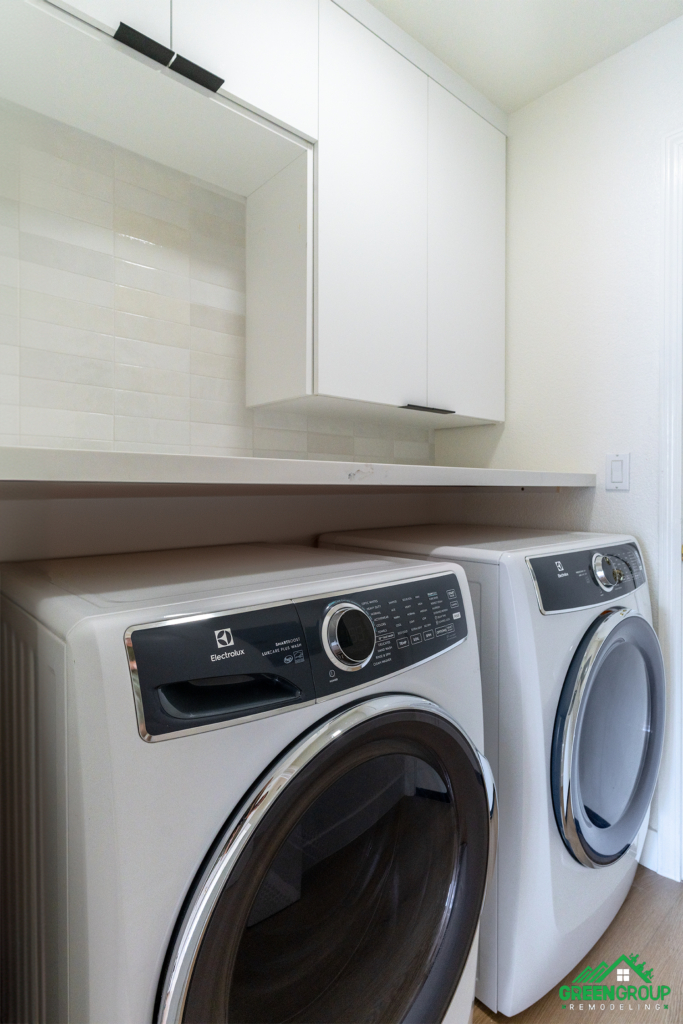
Choosing Eco-Friendly Building Materials
Selecting the right materials is a cornerstone of sustainable design and build. Eco-friendly building materials reduce environmental impact by being responsibly sourced, non-toxic, durable, and often recyclable or biodegradable. Using materials like reclaimed wood, recycled metal, bamboo, and cork not only minimizes the need for brand new resources but also helps divert waste from landfills. Many of these materials have a lower embodied carbon footprint, meaning less energy was used in their production and transport.
Beyond environmental benefits, sustainable materials can also improve indoor air quality and create a healthier living environment. Products with low or no VOCs (volatile organic compounds)—such as certain paints, adhesives, and finishes—reduce harmful off-gassing, which is especially important in well-insulated homes. Choosing materials that are both long-lasting and low maintenance, like fiber cement siding or recycled composite decking, also contributes to the overall sustainability of a home by reducing the need for frequent repairs or replacements.
Water Conservation Strategies
Water is one of our most precious resources, and sustainable design and build practices aim to reduce water usage both inside and outside the home. One of the most effective ways to conserve water is by installing low-flow fixtures, including toilets, faucets, and showerheads, which use significantly less water without sacrificing performance. Dual-flush toilets and touchless faucets also help minimize unnecessary water waste while improving user convenience.
Outdoor water use can be reduced with drought-tolerant landscaping, also known as xeriscaping, and by using drip irrigation systems that deliver water directly to plant roots. Rainwater harvesting systems and greywater recycling setups are becoming increasingly popular in sustainable builds, allowing homeowners to reuse water for irrigation or non-potable household uses. By implementing these water-saving strategies, homes not only lower their environmental impact but also benefit from reduced utility costs and increased resilience in drought-prone areas.
Enhancing Durability and Longevity
Lastly, a core principle of sustainable design and build we want to mention is creating structures that stand the test of time. By focusing on durability and longevity, homeowners reduce the need for frequent repairs, replacements, and renovations—all of which consume additional resources and generate waste. Choosing high-quality, weather-resistant materials such as metal roofing, fiber cement siding, or composite decking ensures that a home can better withstand environmental stressors and daily wear over the years.
In addition to materials, smart design choices play a key role in long-term performance. Proper moisture management, ventilation, and structural planning can prevent common issues like mold, rot, and settling. By investing in a home that’s built to last, homeowners not only reduce ongoing maintenance and repair costs but also contribute to a more sustainable, resource-efficient built environment.
Building a Better Future Through Sustainable Design
Embracing sustainable design and build practices is more than a trend—it’s a responsible, forward-thinking approach to construction that benefits both homeowners and the environment. By reducing energy and water consumption, choosing eco-friendly materials, and designing for durability and health, sustainable building creates spaces that are efficient, comfortable, and resilient for years to come. If you’re planning a renovation or building from the ground up, integrating sustainable choices leads to lower utility costs, a smaller carbon footprint, and a healthier home.
Ready to make your next project environmentally responsible without sacrificing style or performance? Green Group Remodeling specializes in sustainable home remodeling solutions tailored to your needs and goals. Reach out today to schedule a consultation and start building smarter—for your home and the planet.

